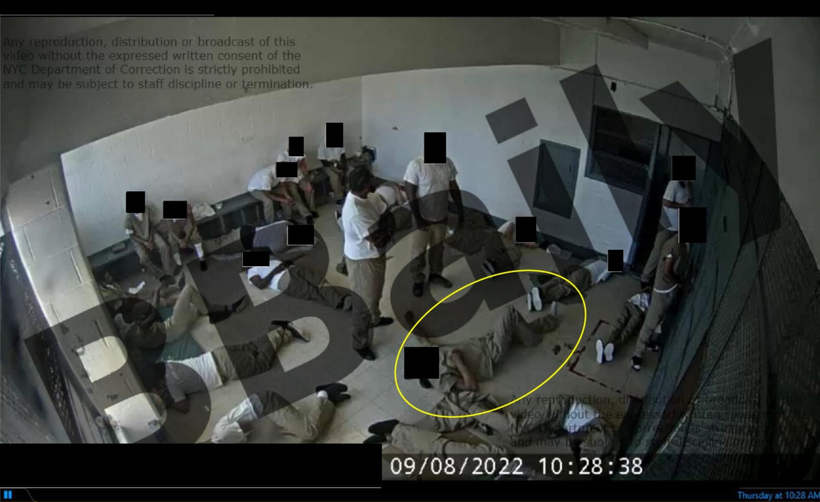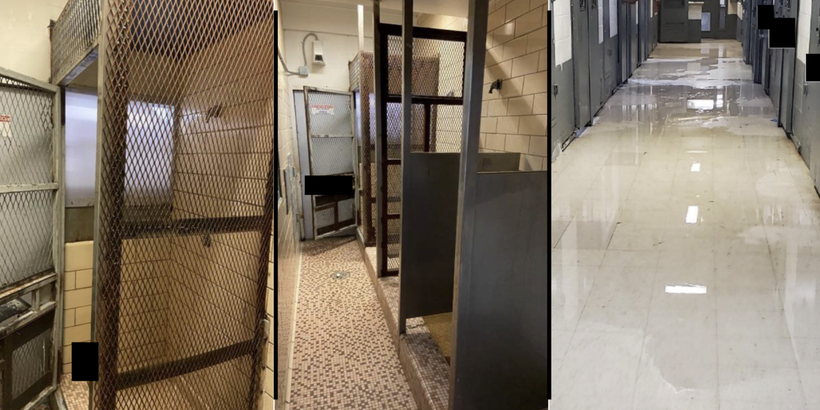Why Does Rikers Island Still Lock People in Shower Stalls?
So-called “de-escalation units” were supposed to help people cool off after violent encounters. But months after their implementation, Rikers staff still use the old brutal methods.




Great Meadow and Sullivan prisons are slated to shut down in November. The state could close up to three more over the next year.
More counties are turning to private corporations to run medical care in jails. The companies have deadly track records.
Joseph Moran has long faced accusations of dishonesty — even from fellow officers — records show.
After the governor declined to answer questions, a New York Focus reporter was ejected from her event.
The constant gridlock is a major drag on Manhattan’s businesses, and source of frustration for commuters. And it’s never been so bad.
Lawsuits had threatened to kill congestion pricing. Now, it might take a lawsuit to save it.



